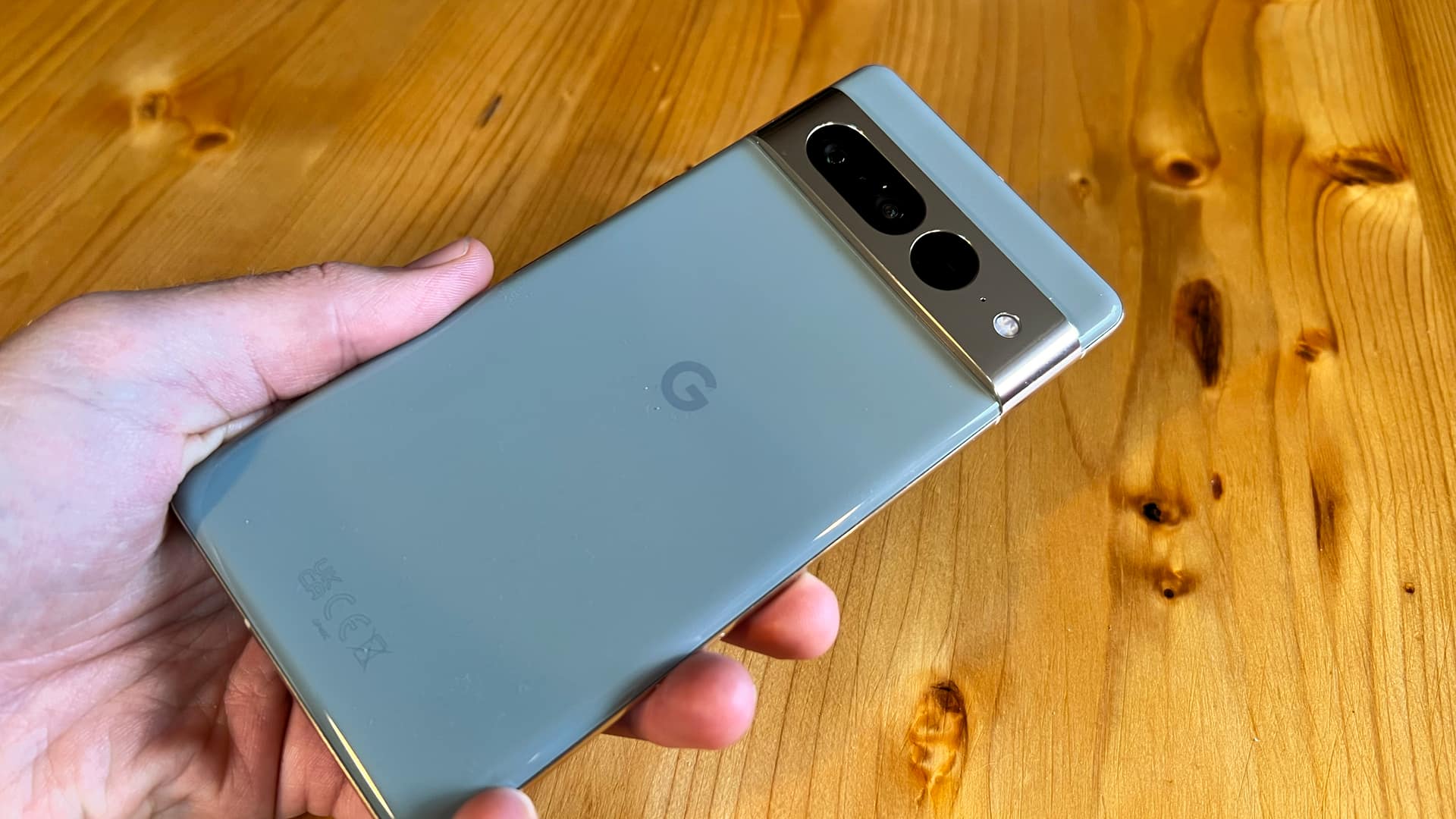An eSIM only Pixel 8 Pro could be painful necessity
Google's Pixel 8 and 8 Pro could pinch this iPhone 14 feature

Google is rumored to be making the Pixel 8 and Pixel 8 Pro SIM slot-less in some regions. This follows Apple doing the same for the iPhone 14 series in the US. It's a move that strikes – on first instinct – as premature. It’s also one that’s necessary.
If eSIMs are the future – as Apple and Google would like us to believe – then forcing carriers to build an infrastructure to support the next generation of best smartphones seems like a logical way to go about it. However, the eSIM is not without its foibles at present, and there may be a lot of consumer pain in the near future while the kinks are straightened out.
The complicated truth of eSIMs
To briefly define eSIMs, they are ‘embedded SIM’ cards. That is, rather than inserting a separate SIM card into your new phone, a SIM is already hard-wired into your phone, and you download a profile from your carrier to enable calls, texts, and mobile data access.
One thing eSIMs offer over removable SIM cards is that they make it easier to switch between phones; providing that's a service supported by your carrier, if they don’t, then the opposite is true. It means your phone can be more or less set up from the get-go,without the need for you to pull out any needles or pointy objects to swap in a SIM card manually.
Though this hasn't happened yet due to iPhones coming with and without the feature sharing the same design, there's a possibility that you can use eSIMs on mobile phones to remove one area of ingress and improve waterproofing.
In other words, eliminating the SIM card makes switching your phone cheaper and tightens up your phone's protection in the future. At the same time, eSIMs are unlike SIM cards in that they require more carrier intervention than a normal SIM card would. Unlike simply popping out a SIM tray and switching SIM cards, other points of failure are introduced that mean you’ll need to call a helpline or engage with one of those infuriating chatbots.
Even Bluetooth headphones, the first big omission in the smartphone loadout, can be forcibly reset by a user without a need to refer back to the company that made it.The current eSIM experience is quite messy. This year, eSIMs failed for me so hard I ended up reverting to a physical SIM after upgrading my phone and losing service for two days. This isn't an inherent flaw of eSIMs; it’s simply growing pains.
Sign up for breaking news, reviews, opinion, top tech deals, and more.
To wit, international usage, one area which they were weak in, has seen a rise with eSIMs for international travel now being made widely available. Who knows what it may look like a year from now?
There's strength in numbers
However, Google's been doing a lot of work on eSIMs with Android. The company announced that it would be building an eSIM transfer tool into the operating system later this year, and some have spotted the first fruits of Google’s work ahead of the Pixel 8’s launch.
Should the Pixel 8 launch with this new tool, the spotlight will be on high-value, highly visible phones like the iPhone and Pixels being eSIM only. This will likely put pressure on carriers to ensure they better support both eSIMs, as both Apple and Google are moving in that direction. As Android Central points out, carriers, not platforms, are the bottleneck here.
The iPhone 14 being eSIM-only means it makes a lot more sense for Google to follow. Sure, there's the annoyance of Google seemingly acting to copy Apple, but Apple has an outsized influence over the mobile market. It's a perfectly fine tactic to move after the market leader, saving yourself a lot of time and hassle. If Google were to move eSIM-only first, carriers would simply ignore it. Now that Apple made the first move, there's a lot of investment in getting the eSIM experience right.
There’s no denying that eSIMs are here now, and that companies are going to try and work with the new technology to make their products seem more futuristic. The major issues with eSIMs were that they were, for a long time, optional. Now, with the iPhone 14, there has been pressure placed on carriers to improve eSIM support, and an ecosystem of eSIM apps has sprung up to mitigate concerns with international travel. If more and more companies become eSIM first, then we may well look back at the days of plastic sim cards the same we look at wired earphones. Interpret that how you will.
- Google Pixel 8: latest news, rumors and everything we know so far
- Google has just accidentally shown off the Pixel 8 Pro
- Samsung's Galaxy S24 Ultra could be sticking with Qualcomm chips

A UK-based tech journalist for TechRadar, helping keep track and make sense of the fast-paced world of tech with a primary focus on mobile phones, tablets, and wearables.
When not writing on TechRadar, I can often be found reading fiction, writing for fun, or working out.